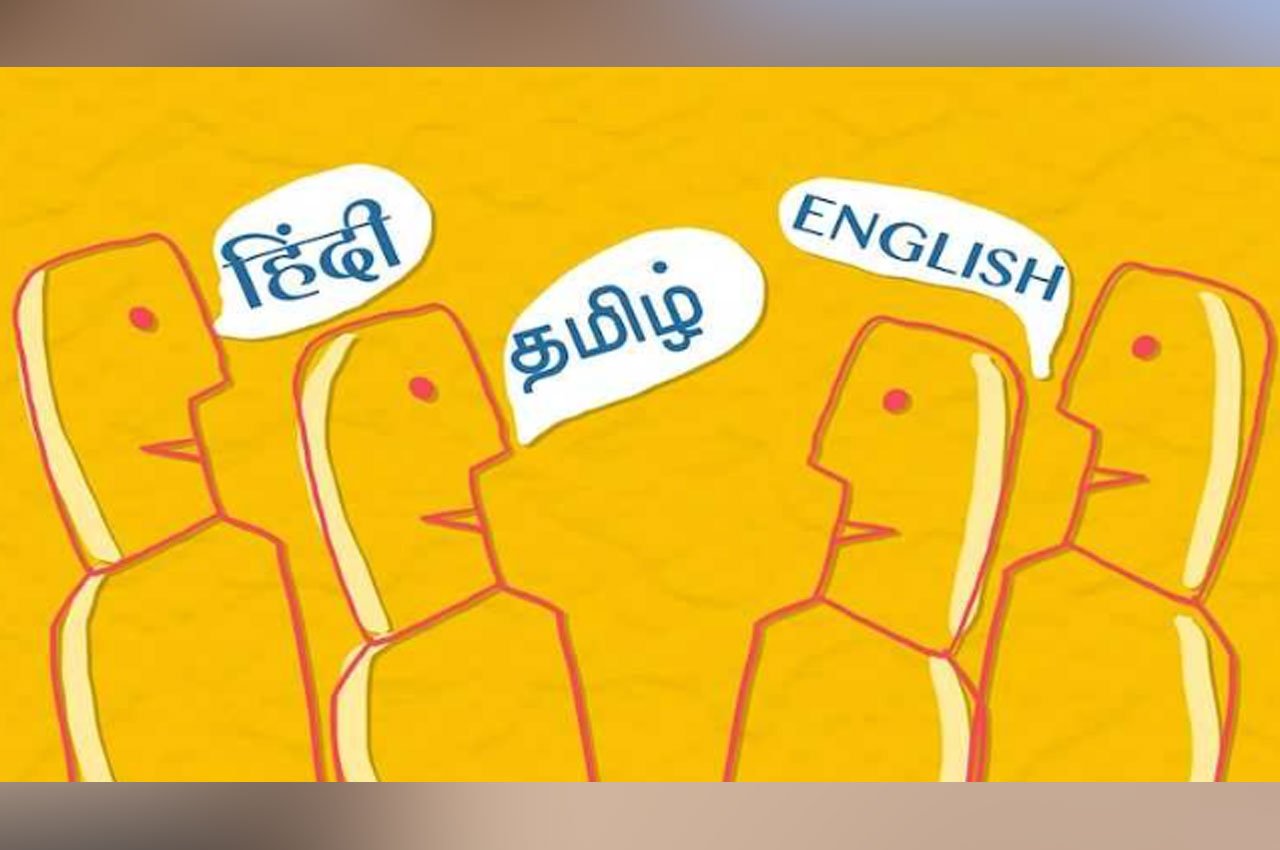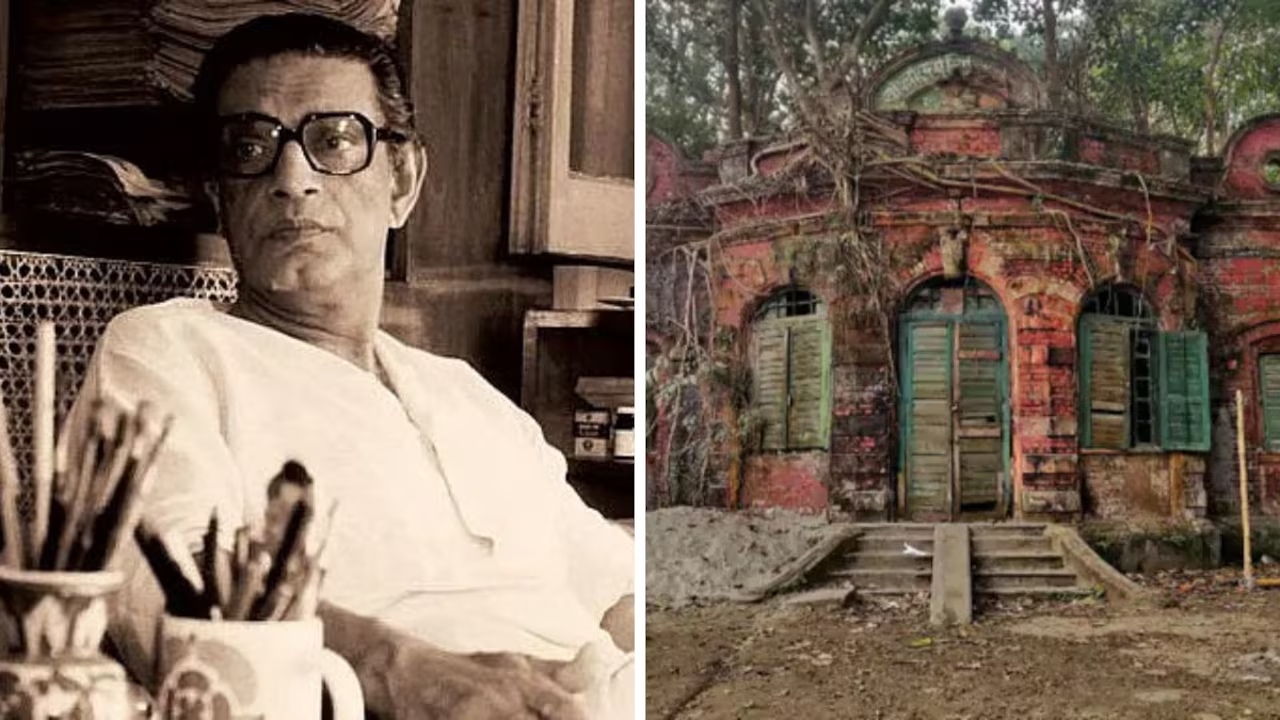In a country with 22 official languages, over 100 spoken tongues, and thousands of dialects, India’s soul speaks in many voices. Language, in this land, is more than communication. It is culture, community, identity, and increasingly, a political weapon. The recent churn across Maharashtra, Tamil Nadu, Bengal, and now even Punjab reflects a deeper anxiety; are we safeguarding our linguistic heritage, or simply playing electoral chess with it?
When Words Become Walls
The emotional power of the mother tongue is undeniable. Whether it is Marathi’s lyrical cadence, Tamil’s ancient rhythm, or Bengali’s poetic soul, each language is a living history. But what happens when this cultural pride mutates into linguistic exceptionalism?
In Maharashtra, the rallying cry of “Awaj Marathicha” saw political adversaries Uddhav and Raj Thackeray reunite after two decades. They were united not by ideology but by a perceived cultural threat. The trigger was a three-language formula that proposed introducing Hindi in Class I. Public backlash was so swift that the policy was rolled back within days. It wasn’t just about Hindi; it was about autonomy, identity, and the fear of homogenization.
A Familiar Tune in the South
This wasn’t a one-off. Tamil Nadu has long rejected Hindi imposition, going back to the anti-Hindi agitations of the 1960s. Kannada pride saw its peak during the Gokak movement. Now, with signboards, examinations, and official documentation under scrutiny in Karnataka and Telangana, the question resurfaces; is India truly embracing linguistic plurality, or is there a creeping hierarchy where Hindi dominates by default?
The Thin Line Between Empowerment and Alienation
Language politics often starts with a noble cause; cultural preservation, educational accessibility, or administrative inclusion. But it can quickly slip into exclusionary populism. When one language is portrayed as a threat to another, it stops being a conversation and starts becoming a confrontation.
Even Bollywood has not been spared. Actors are routinely attacked for choosing to speak Hindi over their regional language during promotions. In Punjab, linguistic assertions are now tightly linked with religious identity and border politics. What should be organic expressions of pride are now litmus tests of loyalty.
The Double Standard
Ironically, the same political forces that vociferously reject Hindi in their home states have no hesitation using it in Delhi’s corridors of power. Leaders deliver fiery anti-Hindi speeches in regional assemblies and then campaign in Hindi across northern India. Language is not the problem; hypocrisy is.
Beyond the Vote Bank: What Do the People Want?
Surveys suggest that most Indians want their children to learn English for global mobility, Hindi for pan-India reach, and their mother tongue for identity. The problem isn’t multilingualism. The problem is when multilingualism is reduced to a zero-sum game, where the rise of one language is framed as the fall of another.
There is merit in the three-language formula, if implemented with flexibility, local consultation, and non-coercion. Language cannot be “taught” through top-down orders. It must be nurtured, loved, and chosen.
Language as a Bridge, Not a Barrier
India needs a new grammar of unity. One that celebrates Tamil literature and Hindi cinema in the same breath. One that sees Punjabi rap and Bengali theatre as equal expressions of Indian identity. One that stops politicizing the tongue and starts listening to the voices behind it.
We don’t need one national language. We need a national respect for all languages.
For more opinions click here
Follow us for latest updates:




